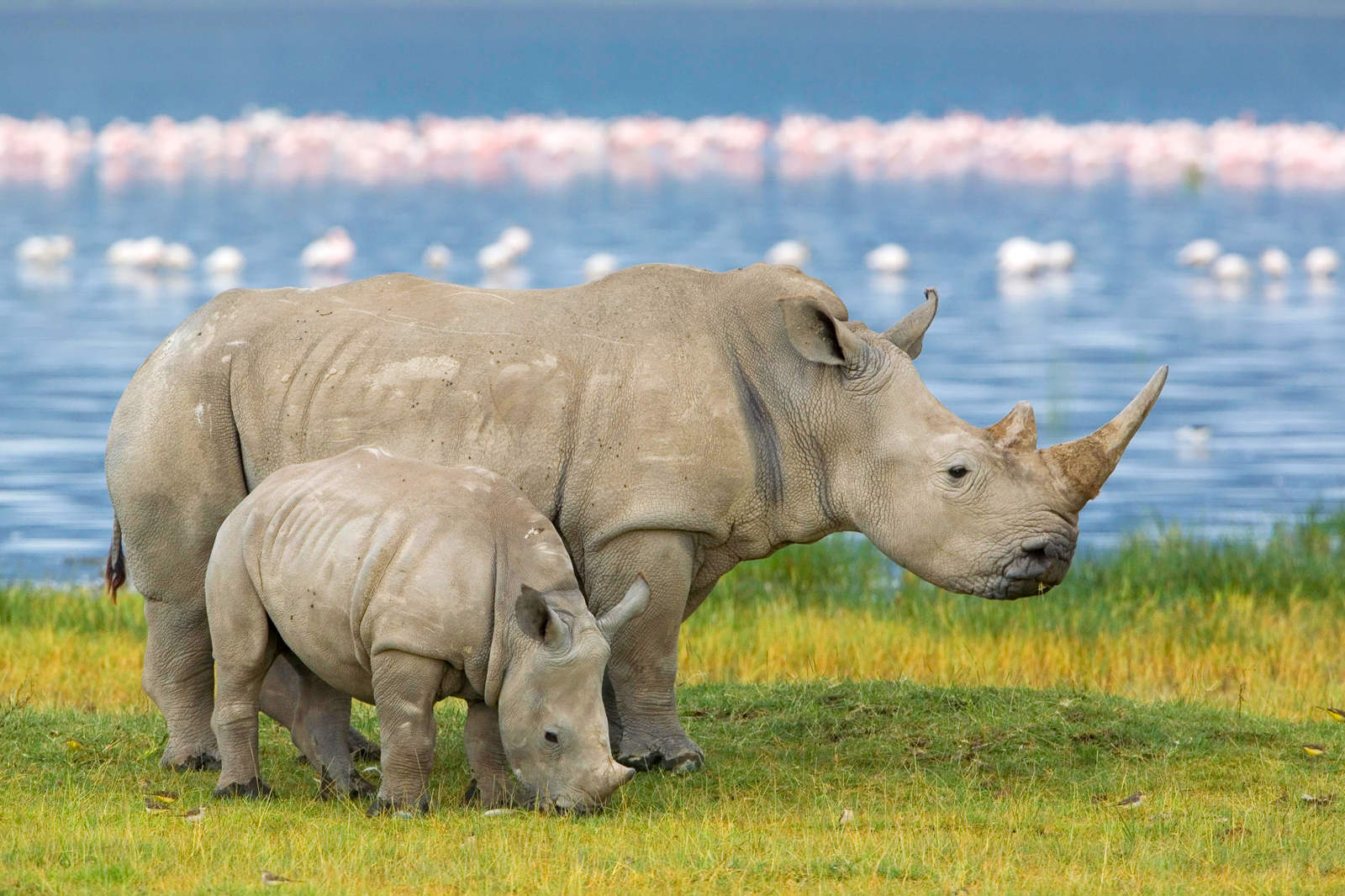

Thus he finds it difficult to come out from his concentration in order to establish contacts with other people (Abhidharmakoṣa III 196). Here’s a pertinent paragraph:Ī Paccekabuddha, unable to overcome the thought that the teaching will be too difficult for others to understand, is not prepared to take up the burdensome work of finding disciples and of inciting them to go against the stream.
The rhinoceros series#
Kloppenborg’s study of the Pratyekabuddha (Sanskrit) or Paccekabuddha (Pali) is worth a series of its own, perhaps someday. In particular the lifestyle of the Pratyekabuddha, or solitary adepts. The stanzas of the Sutta emphasizes a solitary and contemplative style-the very mantle of renunciates themselves. We will be predominantly using this translation, along with Thanissaro’s from time to time for comparison. Ria Kloppenborg, in her excellent resource, The Paccekabuddha: A Buddhist Ascetic A Study of the Concept of the Paccekabuddha in Pali Canonical and Commentarial Literature, offers a translation which reads for the refrain, one should live alone, like the horn of a rhinoceros. I much prefer the verb, “to live”, as a substitute. One should wander alone like the khaggavisāṇa. One should wander with them, mindful, satisfied. There are lines from one translation of the Dhammapada which states: In the USA certain “homeless ones” are much like this wandering enterprise. Even today in India this tradition continues. Of course, given the nature of the time-frame involved, it does reinforce those wandering ascetics-wandering for food, shelter, etc., but never staying in one place for long. It implies a roaming-about, even at times aimlessly so. Jones points out that “the lifestyle of the rhinoceros in fact provides a very apt simile for the lifestyle of the sage depicted in the Khaggavisāṇa-sutta, who is enjoined to wander alone, except to enjoy the company of a wise companion.” I take-issue, however, with the verb to wander. For me, the Rhino’s horn is symbolic of a one-solitary image, singularly displayed as a metaphor for the solitary contemplative. Norman himself acknowledges.” The Indian rhinoceros, also referred to as the greater one-horned rhinoceros, is a rhinoceros native to the Indian subcontinent. Jones come to the conclusion that the discrepancy should remain ambiguous, with more of a slant towards “Like a Rhinoceros.” However, I like how he stipulates that an even better understanding for the sutta’s title means “the solitary-wandering horned rhinoceros and not just its single horn, since the horn can be single but cannot wander, as Prof. Given the ambiguity of the compound khaggavisāṇa, it seems reasonable to suppose that the composer(s) of the Khaggavisāṇa-sutta may have intended the compound to be understood in both senses simultaneously, both as a tatpuruṣa meaning ‘rhinoceros horn’ and as a bahuvrīhi meaning ‘rhinoceros’. Norman, as ‘one should wander alone like the horn of the rhinoceros’…. It occurs in the refrain eko care khaggavisāṇakappo at the end of each stanza of the Khaggavisāṇa-sutta and its parallels, and the refrain has been translated by some as ‘one should wander alone like the rhinoceros’ but by some, including K. The Pāli expression khaggavisāṇakappo may either mean ‘like the rhinoceros’ or ‘like the horn of the rhinoceros’.

Dhivan Thomas Jones has written an excellent article concerning the sutta entitled, Like the Rhinoceros, or Like Its Horn? The Problem of Khaggavisāṇa Revisited.


 0 kommentar(er)
0 kommentar(er)
